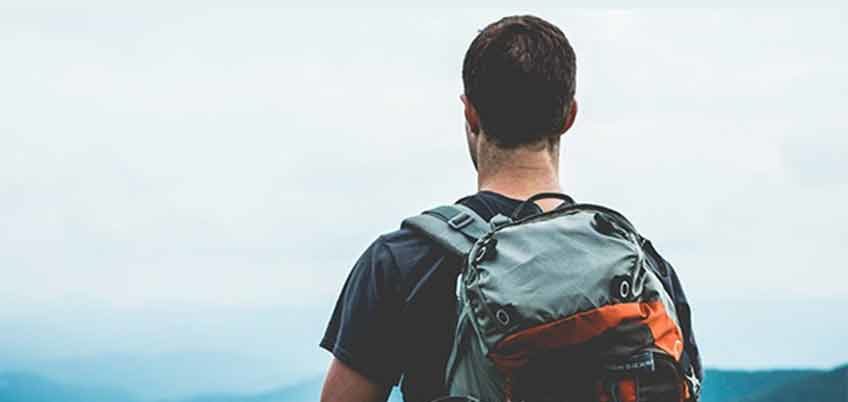
Trekking Essentials : Basic Guide What To Carry
19/Aug/2016 | by mokshaOftentimes, we feel like carrying all the comforts of our home when we are traveling. This leads to taking unnecessary items that had best been left home. Trails around Annapurna, Everest Base Camp and almost all destinations are well facilitated with lodges providing proper food, bed and blankets. These routes are well trailed by locals as well as foreigners; most of the trek is just walking! However if you plan to go higher than 4,000m, you should get some feather or wool to keep you warm. If you are going for a trek and not an expedition or peak climbing, you can shed a lot of weight from your backpack. Here is a basic guide on what to carry on your normal trek to the Himalayas.
The backpack:
A comfortable backpack big enough to hold all your belongings preferably with multiple compartments would save you from a lot of hassle in the journey. Don’t forget the rain cover as it may get rainy even during a dry season. Also, a light bag to carry food, water and other basic items during a hike would serve a good purpose.
Clothes:
The basic rule is to avoid cotton and dress in something that dries quickly. Dress in layers, as this is going to help you adjust properly with the weather conditions. Besides your regular t-shirts, don’t forget to take long sleeve shirts to prevent you skin from burning as the sun’s rays have a really strong effect in higher altitudes. Body warmers, wind and water stopper jacket and pants, cap and head warmer, gloves, shorts, underwear, socks and towels are basic clothing you should need.
A pair of well broken hiking shoes preferably waterproof is the greatest asset for a comfortable journey. A pair of light slippers should serve the purpose of easing your feet while resting in the lodge.
Food and drinks:
Breakfast, lunch and dinner are readily available in lodge or tea houses as a la carte and set meals in most places. Carrying energy bars like snickers along with snacks and electrolyte would be a great idea to avoid the low of glucose in your body when in times of need.
Taking water purification tablets, filters or devices is also advisable to avoid unwanted sickness from water borne diseases. Carry enough water to keep you turgid during the trek. Dehydration is the most common cause of altitude sickness. Nalgene or metal water bottles should serve the purpose.
First aid, hygiene and sun protection:
Blocking the sun with cap/hat and sunglasses and using sunscreen lotions and chap sticks keeps you at bay from unwanted burning of the skin, often leading to easy cracks in cold weather. A basic first aid kit with bandages, ointments and medicines has worked wonders for many in times of need. Also, tissue papers and soap will keep you clean during the hike.
Miscellaneous items:
A map would be helpful even if you are traveling with your guide. Besides this, small items like headlamp, Swiss army knife, nail clipper, trekking poles, an umbrella, extra camera battery and memory card should be taken. On a noisy evening, earplugs would be of great help, especially if you plan to start your walk early the next day.

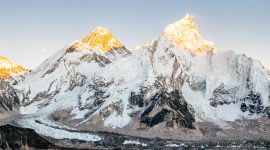
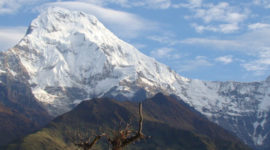
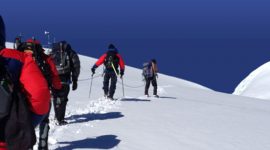

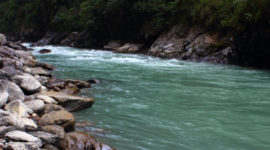

Leave a Reply